
An arteriovenous malformation (AVM) is an abnormal connection between arteries and veins, bypassing the capillary system. Usually congenital, this vascular anomaly is widely known because of its occurrence in the central nervous system, but can appear anywhere in the body. The symptoms of AVMs can range from none at all to intense pain or bleeding, and they can lead to other serious medical problems.

The Roman Ghetto or Ghetto of Rome was a Jewish ghetto established in 1555 in the Rione Sant'Angelo, in Rome, Italy, in the area surrounded by present-day Via del Portico d'Ottavia, Lungotevere dei Cenci, Via del Progresso and Via di Santa Maria del Pianto, close to the River Tiber and the Theatre of Marcellus. With the exception of brief periods under Napoleon from 1808 to 1815 and under the Roman Republics of 1798–99 and 1849, the ghetto of Rome was controlled by the papacy until the capture of Rome in 1870.
Robert Wartenberg was a clinical neurologist and professor.
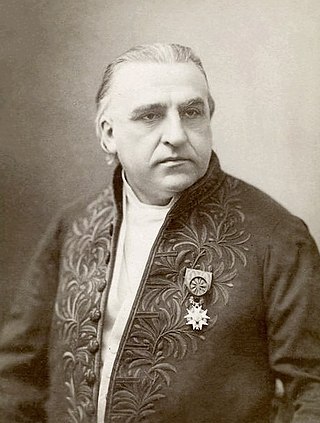
Jean-Martin Charcot was a French neurologist and professor of anatomical pathology. He worked on hypnosis and hysteria, in particular with his hysteria patient Louise Augustine Gleizes. Charcot is known as "the founder of modern neurology", and his name has been associated with at least 15 medical eponyms, including various conditions sometimes referred to as Charcot diseases.

Tiber Island is the only river island in the part of the Tiber which runs through Rome. Tiber Island is located in the southern bend of the Tiber.
The Burlo Garofolo Pediatric Institute is a children's hospital located in Trieste, Italy.
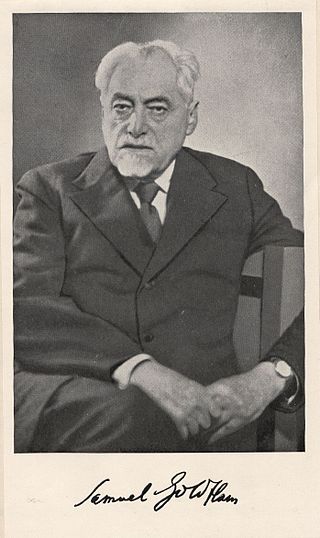
Samuel Wulfowicz Goldflam was a Polish-Jewish neurologist best known for his brilliant 1893 analysis of myasthenia gravis.

The San Raffaele Hospital is a university hospital situated in Segrate, the Province of Milan, Italy. It was founded in 1969 by don Luigi Maria Verzé, president of "San Raffaele del Monte Tabor Foundation". The facility is connected to the Milan Metro by the MeLA people mover.
A lower anterior resection, formally known as anterior resection of the rectum and colon and anterior excision of the rectum or simply anterior resection, is a common surgery for rectal cancer and occasionally is performed to remove a diseased or ruptured portion of the intestine in cases of diverticulitis. It is commonly abbreviated as LAR.

Carlo Angela was an Italian doctor, who has been recognized as a "Righteous Among the Nations" for his efforts during World War II in saving Jewish lives. He is the father of TV journalist and science writer Piero Angela and grandfather of Alberto Angela.

The Sant’Orsola-Malpighi Polyclinic is a public research hospital and district general hospital in Bologna. Sant’Orsola-Malpighi Polyclinc is the largest district general hospital in Italy, and the first of the four public hospitals of the city of Bologna.
Michele Zappella is an Italian psychiatrist and scholar of Child Neuropsychiatry. He is a native of Viareggio, Italy.
Victor Dubowitz, FRCP, Hon FRCPCH is a British neurologist and professor emeritus at Imperial College London. He is principally known along with his wife Lilly Dubowitz for developing two clinical tests, the Dubowitz Score to estimate gestational age and the other for the systematic neurological examination of the newborn.
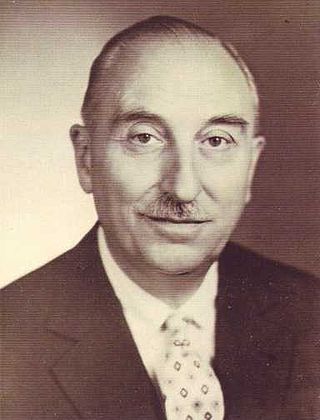
Giovanni Borromeo was an Italian physician. In 2004 Yad Vashem recognized him as a “Righteous among the Nations” for saving five members of the Almagià and extended family. Borromeo had been a student and assistant of Marco Almajà, a highly respected professor of physiopathology at the University of Rome.
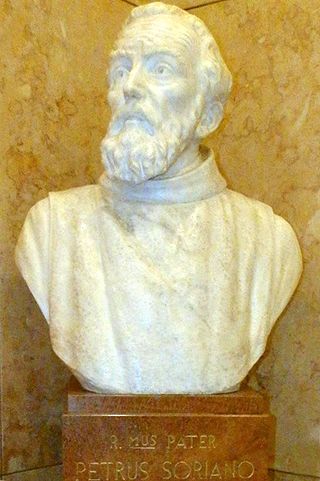
Pedro Soriano, OH (1515-1588) was a Catholic religious brother who succeeded John of God as the First General of Brothers Hospitallers of Saint John of God.

My Italian Secret: The Forgotten Heroes is a 2014 documentary film, directed and written by Oren Jacoby, that tells the story of the rescue of thousands of Italian Jews during World War II by ordinary and prominent Italians, including the champion cyclist Gino Bartali. The film had its U.S. premiere at the Hamptons International Film Festival in October 2014, and opened at theaters in Los Angeles and New York in March 2015.

Roberto Lordi was Brigadier General of the Regia Aeronautica, Gold Medal of Military Valour Recipient and Martyr in the Fosse Ardeatine Massacre.

Cervicocranial syndrome or is a neurological illness. It is a combination of symptoms that are caused by an abnormality in the neck. The bones of the neck that are affected are cervical vertebrae. This syndrome can be identified by confirming cervical bone shifts, collapsed cervical bones or misalignment of the cervical bone leading to improper functioning of cervical spinal nerves.Cervicocranial syndrome is either congenital or acquired. Some examples of diseases that could result in cervicocranial syndrome are Chiari disease, Klippel-Feil malformation osteoarthritis, and trauma. Treatment options include neck braces, pain medication and surgery. The quality of life for individuals suffering from CCJ syndrome can improve through surgery.
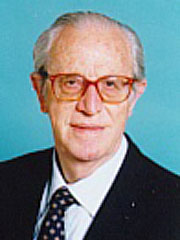
Adriano Ossicini was an Italian partisan, politician, psychiatrist, academic, and Minister for Family and Social Solidarity in the Dini Cabinet.















